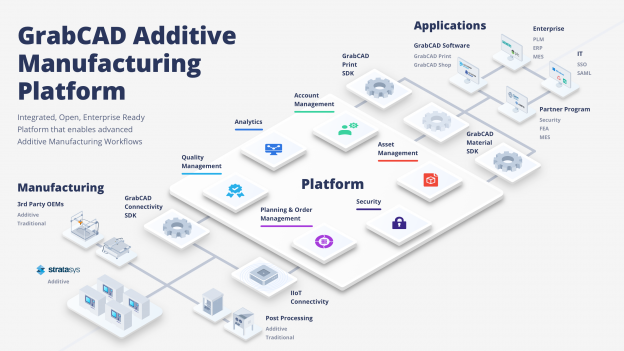There are two major organizational structures that can be adopted when starting a manufacturing business: centralized or decentralized. Centralized manufacturing relies on a single factory or single location to produce goods. These centralized factories tend to be cheaper to operate due to the use of the same equipment which can produce mass quantities of a single product.
Research from APQC even shows that centralized organizations have a 3% lower cost in manufacturing costs than decentralized companies. Having a centralized structure of production is great if you have access to raw materials and demand for a single product is consistent but centralized manufacturing has a number of major disadvantages that can negate the positive attributes it offers.
The Major Flaw of Centralized Manufacturing
While centralized manufacturing is cheaper for producing mass quantities of goods, it lacks flexibility. For example, if demand for a product changes or a new product must be produced, a factory’s entire system might have to be reworked for the new product. This could mean retooling whole machines, creating new jigs and molds, re-training on site personnel, or even sourcing materials that are not typically used.
This shift in production can be very time consuming to alter a system which means downtime in production. This downtime can be very costly when trying to get a new product to market and does not even take into account the money wasted on old product inventory taking up space. There is however analternative way to produce goods that is on the rise.
The Rise of Decentralized Manufacturing
Decentralized manufacturing is an alternative means of creating goods that have certain traits that centralized manufacturing does not. The most obvious positive is that decentralized manufacturing has flexibility. Factories that are decentralized produce lower volumes of goods but can more easily adjust to changes in demand and disruptions to the market as a whole.
This agility can allow for goods to reach the market quicker and enable greater levels of customization when producing parts. It is not perfect when compared to centralized manufacturing. Decentralized manufacturing requires more capital and resources when starting. It also has a higher unit per cost because it is not as capable of mass production as centralized factories but advancements in additive manufacturing have started to address these cost hurdles.
Additive Manufacturing as a Bridge
For nearly 15 years, additive manufacturing, popularly referred to as 3D printing, has been allowing parts, components, and products to be manufactured from a digital model. Additive manufacturing has been applied to multiple industries for its rapid production and relatively low cost when iterating on designs.
Additive manufacturing naturally fits the model of decentralized manufacturing due to its high degree of flexibility, lower volume of production, and overall potential for customization. The benefits of having a smaller yet more agile means of producing also contribute in lowering the overall costs of the supply chain.
Large organizations that have been relying heavily on centralized manufacturing have slowly started to even use software to enable 3D printers to work within current factory floor systems such as ERP, PLM, and MES. This adoption of additive manufacturing technologies through software has started to enable these once inflexible organizations to better respond to changes in the market by granting them some flexibility that comes with decentralization.
For example companies such as Ford have since started using additive manufacturing to create customized parts to meet the changing needs of the market. As more companies continue to adopt additive manufacturing into their manufacturing practices, the more the world will start to see decentralized manufacturing becoming more prevalent as a means of producing goods.

If you would like to learn more about Industry 4.0 and how things like AM software can impact your operations like decentralized manufacturing, GrabCAD offers a free AM evaluation where you can speak to a AM Process Architect to learn how you can scale and maximize your production.








